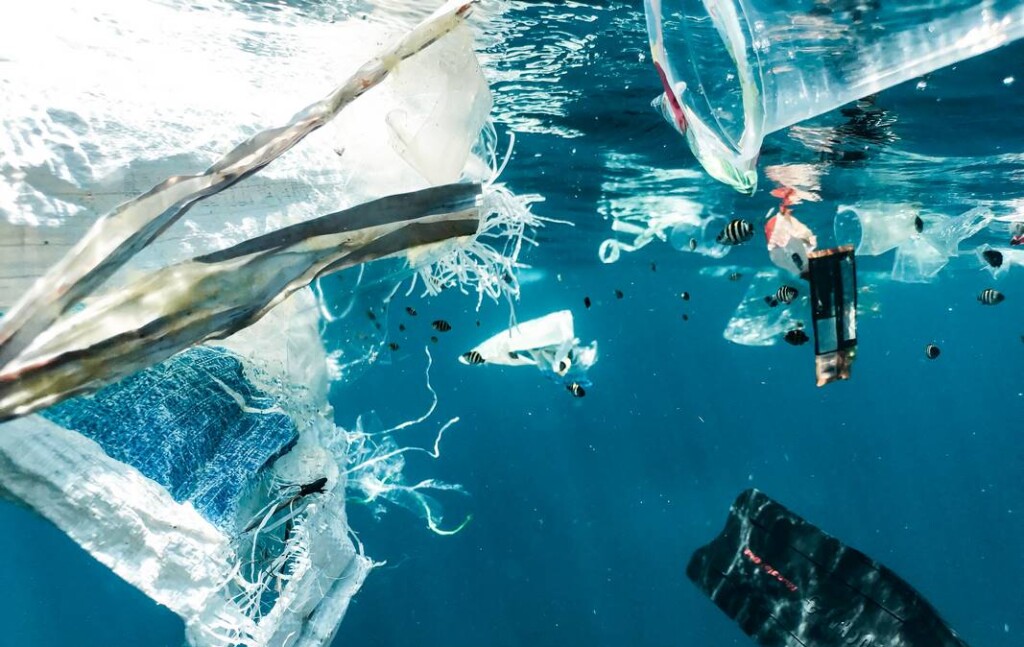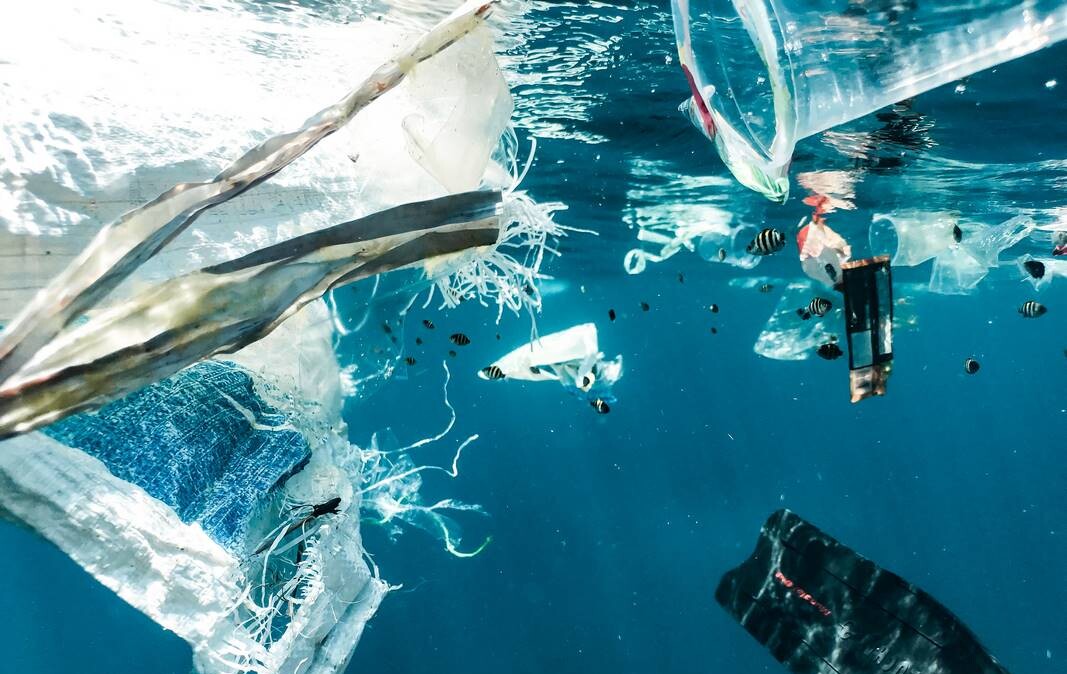
Scientists in the Netherlands have shown quite convincingly that the issue of plastic pollution in our oceans is far smaller than anyone believed.
Their research highlights a variety of good news tidbits: the first one being that abstract scientific modeling can be more than just wrong, but completely wrong, and the second is that organizations pulling trash out of the oceans and rivers today aren’t simply mowing a golf course with nail clippers: they’re making a significant difference to these ecosystems.
According to the Netherlands Times reporting on the study, estimates for how much plastic has made it into the oceans over the last 20 years range from 50 million tons to 300 million tons, but the actual amount is likely somewhere around 3.2 million tons.
20,000 measurements described as “reliable” informed the calculations of oceanologist Mikeal Kaandorp and his team, with highlights being that rivers bring much less plastic into the oceans than previously thought, and that microplastics are a significantly smaller percentage of plastic waste.
The NL Times says that large models on the amount of plastic entering the oceans are based on how much plastic has been made, how much has been recycled, how much has been buried or incinerated, and how much is missing.
Based on these figures, environmental organizations reckon that 10 million tons end up in the oceans every year, most of which come via river systems. However, Kaandorp stresses that the unaccounted-for plastic has never been accounted for, and it’s wrong to simply assume that every piece ends up in the ocean.
Specifically, their research shows that much of the plastic isn’t making it into the water systems, and of the amount which does, much more than previously thought remains trapped in river systems.
OTHER GOOD DISCOVERIES: Loss of Climate-Crucial Mangrove Forests Has Slowed to Near-Negligible Amount Worldwide, Report Hails
The Ocean Cleanup, the non-profit also from the Netherlands that is currently cleaning up the Great Pacific Garbage Patch, also cites studies that show that “millions of tons” of plastic enter the oceans annually.
By Kaandorp’s conclusions, if the amount of plastic in the ocean since 2000 amounts to around 3.2 million tons, then the actual average entering per year is around 130,000 tons; a huge amount no doubt, but much, much less.
MORE NEWS LIKE THIS: Ocean Cleanup Hits Milestone of 220 Tons Removed From Pacific Garbage Patch (Watch)
These discoveries are vital because they can help remove the sense of hopelessness from people wanting to try and make a difference. Even the loudest climate-hollering nation-state had no desire to even crack an idea about how to clean the Great Pacific Garbage Patch before The Ocean Cleanup started doing it alone.
If the 30 richest countries found a way to remove 4,333 tons of trash per year from oceans and rivers, that would amount to all of what Kaandorp’s model suggests is actually entering them annually—an entirely manageable goal.
SHARE This Game-Changing Discovery With Your Friends…




















